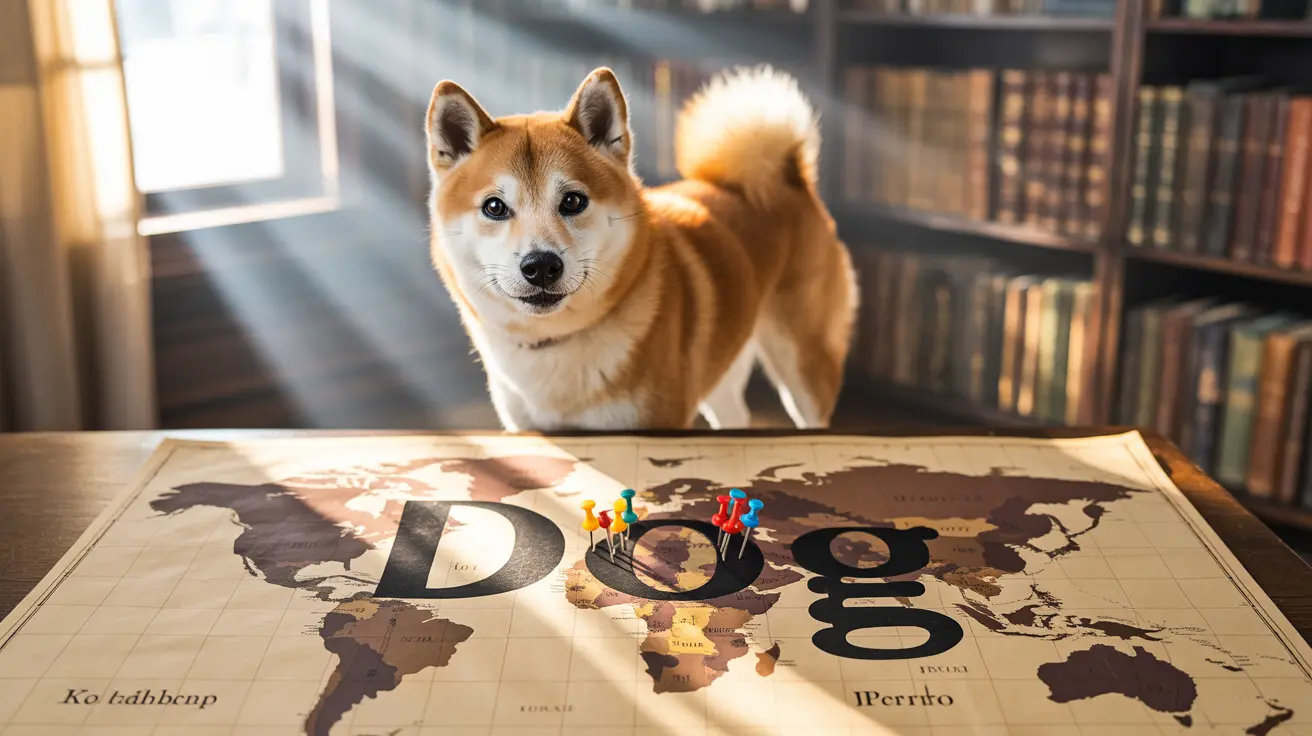Ever wondered how our four-legged friends are called across the globe? The word "dog" takes on fascinating forms in different languages, each reflecting unique cultural and linguistic traditions. From the familiar "perro" in Spanish to the melodic "inu" in Japanese, let's explore how cultures worldwide refer to man's best friend.
Understanding how to say "dog" in various languages not only enriches our global perspective but also helps us connect with fellow dog lovers worldwide. Whether you're a language enthusiast, frequent traveler, or simply curious about cultural diversity, this comprehensive guide will introduce you to the many ways people express their love for dogs through language.
Common Words for "Dog" in Major Languages
The most widely spoken languages offer diverse ways to refer to dogs:
Romance Languages
- Italian: cane
- French: chien (male), chienne (female)
- Spanish: perro (male), perra (female)
- Portuguese: cão, cachorro
Germanic Languages
- German: Hund
- Dutch: hond
- Swedish: hund
- English: dog
Asian Languages
- Mandarin Chinese: 狗 (gǒu)
- Japanese: 犬 (inu)
- Korean: 개 (gae)
- Hindi: कुत्ता (kutta)
Interesting Cultural and Linguistic Patterns
Many languages share fascinating patterns in their words for "dog." Germanic languages often use variations of "hund," suggesting a common ancestral term. Similarly, Romance languages derive their words from the Latin "canis," showing how language families preserve ancient connections.
Gender distinctions in dog terminology are particularly interesting in some languages. French and Spanish, for example, have specific terms for male and female dogs, reflecting their grammatically gendered nature.
Regional Variations and Dialects
Even within single languages, different regions may use varied terms for dogs:
Spanish Variations
- Spain: perro (standard)
- Latin America: cachorro (common alternative)
- Regional dialects: can (derived from Latin)
Asian Regional Terms
- Mandarin: 狗 (gǒu)
- Cantonese: 狗 (gau2)
- Different Chinese dialects may use varying pronunciations
Dog-Related Vocabulary Worldwide
Beyond the basic word for "dog," many languages have rich vocabularies for dog-related terms:
- Puppy translations
- Common commands
- Pet care terminology
- Dog breed names
Cultural Significance and Etymology
The way different cultures name dogs often reflects their historical relationship with these animals. Some languages have terms that originated from ancient hunting traditions, while others developed from onomatopoeia or descriptive terms.
Frequently Asked Questions
How do different languages distinguish between male and female dogs in their words?
Many Romance languages have specific gender forms. For example, Spanish uses "perro" (male) and "perra" (female), while French uses "chien" (male) and "chienne" (female).
What are some common translations of the word "dog" in major world languages?
The most common translations include "perro" (Spanish), "chien" (French), "Hund" (German), "cane" (Italian), "狗" (Chinese), and "犬" (Japanese).
Why do Germanic and Scandinavian languages have similar words for "dog"?
These languages share a common Germanic root, which explains why words like "hund" appear consistently across German, Swedish, Danish, and related languages.
How can learning the word for "dog" in different languages enhance my travel or pet care experience?
Understanding these terms helps communicate with local veterinarians, pet sitters, or fellow dog owners when traveling, and shows cultural respect and awareness.
What are some interesting cultural meanings or idioms related to the word "dog" in various languages?
Many languages have unique dog-related idioms. For example, French uses "avoir du chien" (to have dog) to mean someone has charm or appeal, while Chinese has "狗眼看人低" (looking down on people with dog eyes) meaning to be snobby.
Whether you're traveling, working with international pet communities, or simply expanding your cultural knowledge, understanding how different languages express the concept of "dog" opens new doors for communication and appreciation of our global canine culture.






